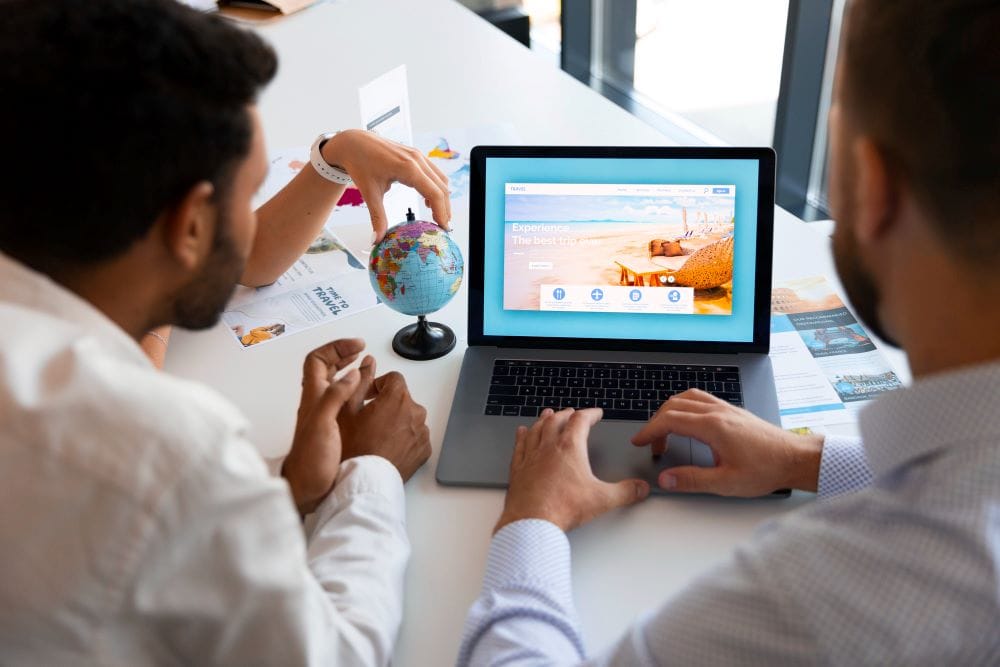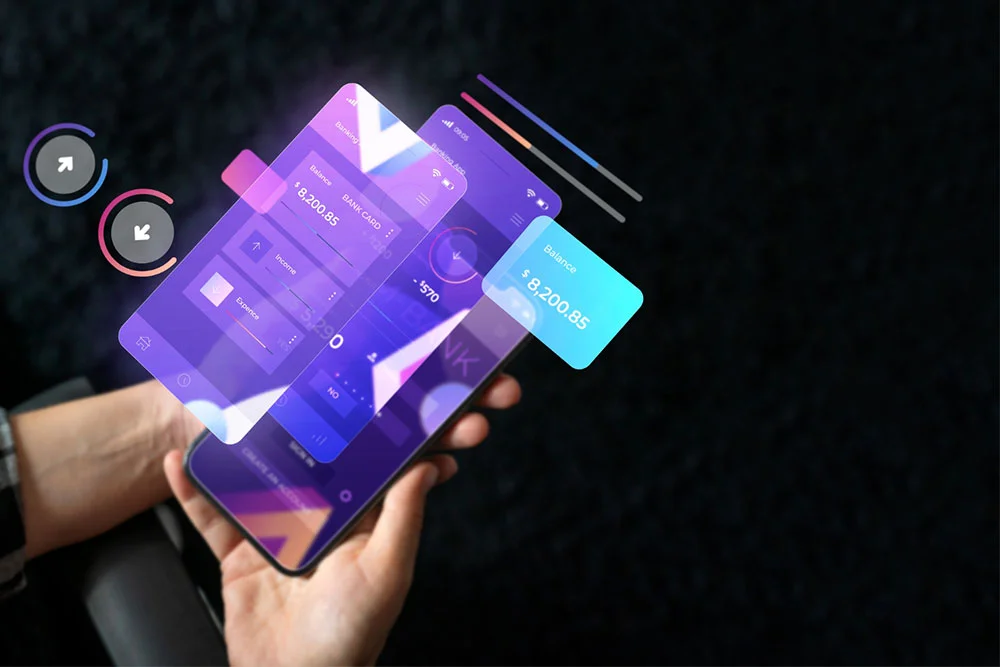Functionalities in a Tourism Industry
The tourism industry is a dynamic and multifaceted sector that significantly benefits from digital transformation. A well-designed tourism website is crucial for attracting and retaining visitors, providing information, and facilitating bookings. To achieve these goals, such a website must incorporate a range of functionalities tailored to the needs and expectations of travelers. Below is a detailed exploration of the key functionalities that a robust tourism industry website should feature.
Main Role of a Website in the Tourism Industry
User-Friendly Interface
Comprehensive Destination Information
- Descriptions and Highlights: Information about landmarks, historical sites, cultural attractions, and natural wonders.
- Multimedia Content: High-quality images, videos, and virtual tours to give visitors a vivid sense of the destinations.
- Local Insights: Guides on local customs, traditions, and cultural practices.
- Maps and Directions: Interactive maps and detailed directions to help visitors navigate the destination.

Booking and Reservation Systems

- Accommodation Booking: Real-time availability and booking options for hotels, hostels, vacation rentals, and other lodging types.
- Flight Booking: Integration with airlines and travel agencies to allow users to search for and book flights.
- Activity and Tour Booking: Options to book tours, excursions, and activities at the destination.
- Car Rentals: Information and booking options for car rentals.
- Secure Payment Gateways: Multiple payment options, including credit cards, digital wallets, and bank transfers, with robust security measures to protect user data.
User Reviews and Ratings
- Allow Reviews and Ratings: Enable users to leave reviews and ratings for accommodations, attractions, and services.
- Moderation and Verification: Implement systems to verify the authenticity of reviews and moderate content to prevent abuse.
- Display Average Ratings: Show average ratings and highlight top-rated services and destinations.

Personalization and Recommendations
- Customized Itineraries: Tools for users to create and customize their travel itineraries based on their interests and travel history.
- Personalized Recommendations: Suggesting destinations, activities, and accommodations based on user preferences and past behavior.
- User Profiles: Allowing users to create profiles to save their preferences, booking history, and itineraries.
Content Management System (CMS)
A flexible and powerful CMS is essential for managing the website’s content. This system should allow administrators to:
- Easily Update Content: Add, edit, and remove content without needing technical expertise.
- Manage Multimedia: Organize and manage images, videos, and other media assets.
- SEO Tools: Implement SEO best practices to improve the website's visibility on search engines.

Multilingual and Multicurrency Support
- Language Options: Translation of the website’s content into multiple languages.
- Currency Conversion: Display prices and process payments in various currencies.
- Localized Content: Tailoring content to different regions and cultures.
Customer Support and Chatbots
Providing excellent customer support is crucial for addressing user inquiries and issues for the tourism industry. Features should include:
- Live Chat Support: Real-time assistance through live chat with customer support agents.
- Chatbots: Automated chatbots to handle common queries and provide instant responses.
- Contact Forms: Easy-to-use forms for users to submit inquiries and feedback.
- FAQ Section: A comprehensive FAQ section to address common questions and concerns.

Social Media Integration
- Social Media Links: Easy access to the tourism company's social media profiles.
- Social Sharing Buttons: Enabling users to share content, itineraries, and reviews on their social media accounts.
- User-Generated Content: Encouraging users to share their travel experiences and photos, which can be featured on the website.


Blog and Travel Guides
- Travel Tips and Advice: Articles on travel planning, packing, safety tips, and more.
- Destination Guides: In-depth guides on various destinations, including hidden gems and off- the-beaten-path locations.
- Guest Posts: Contributions from travel bloggers and influencers to offer diverse perspectives.

Events Calendar
- Event Listings: Detailed information about festivals, concerts, exhibitions, and other events.
- Ticket Booking: Options to purchase tickets for events directly through the website.
- Reminders and Alerts: Notifications and reminders for upcoming events.
Weather Information
- Current Weather: Real-time weather conditions at various destinations
- Forecasts: Short-term and long-term weather forecasts.
- Weather Alerts: Notifications about severe weather conditions.

Travel Insurance
- Insurance Plans: Various travel insurance plans covering different aspects such as trip cancellation, medical emergencies, and lost luggage.
- Easy Purchase: Integration with insurance providers to allow users to purchase plans easily.
- Claims Information: Guidance on how to file claims and what is covered.
Loyalty Programs
- Points System: Earning points for bookings, reviews, and referrals.
- Rewards and Discounts: Redeeming points for discounts, free services, and other rewards.
- Member-Exclusive Offers: Special deals and promotions for loyalty program members.

Analytics and Reporting
- Traffic Analysis: Monitoring website traffic and user engagement metrics.
- Conversion Tracking: Analyzing booking and reservation conversion rates.
- User Feedback: Collecting and analyzing user feedback to identify areas for improvement.
Security Features
- SSL Encryption: Secure Socket Layer (SSL) encryption to protect data transmission.
- Data Protection: Compliance with data protection regulations such as GDPR.
- Fraud Prevention: Measures to detect and prevent fraudulent activities.


Mobile App Integration
- Seamless Integration: Ensuring the website and mobile app provide a consistent user experience.
- Push Notifications: Sending updates and alerts to users via the app.
- Offline Access: Allowing users to access essential information even without an internet connection.